Scientists have developed small molecules that protect the “quantumness” of qubits, an innovative step that could help to scale up processing power.
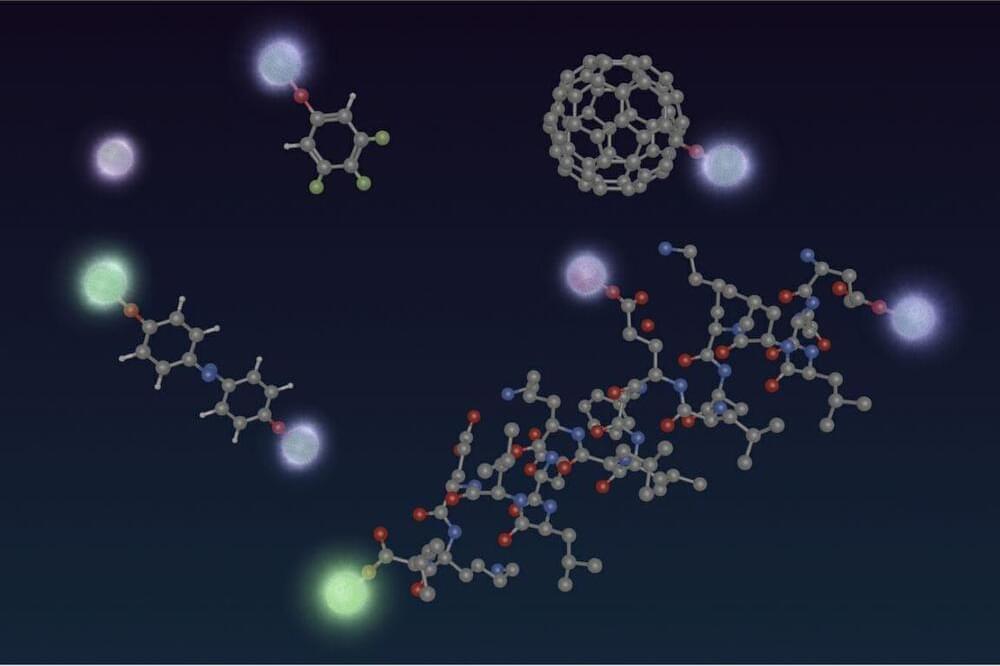

A Brain-Computer Interface (BCI) is a promising technology that has received increased attention in recent years. BCIs create a direct link from your brain to a computer. This technology has applications to many industries and sectors of our life. BCIs redefine how we approach medical treatment and communication for individuals with various conditions or injuries. BCIs also have applications in entertainment, specifically video games and VR. From being able to control a prosthetic limb with your mind, to being able to play a video game with your mind—the potential of BCIs are endless.
What are your thoughts on Brain-Computer Interfaces? Let us know!
Any disruptive technologies you would like us to cover? Dm us on our Instagram (@toyvirtualstructures).
—————–
Check out our curated playlists:
https://www.youtube.com/channel/UCr5Akn6LhGDin7coWM7dfUg/playlists.
—————–
Media Used:
Tom Oxley | TED
—————–
Want more content?
Check us out at:
Instagram: @toyvirtualstructures.
Twitter: @web3tvs

Scientists have reversed the direction of time with a quantum computer.
The breakthrough study seems to contradict basic laws of physics and could alter our understanding of the processes governing the universe.
In a development that also represents a major advance in our understanding of quantum computers, by using electrons and the strange world of quantum mechanics, researchers were able to turn back time in an experiment that is the equivalent of causing a broken rack of pool balls to go back into place.

The new phase of matter, created by using lasers to rhythmically jiggle a strand of 10 ytterbium ions, enables scientists to store information in a far more error-protected way, thereby opening the path to quantum computers that can hold on to data for a long time without becoming garbled. The researchers outlined their findings in a paper published July 20 in the journal Nature (opens in new tab).
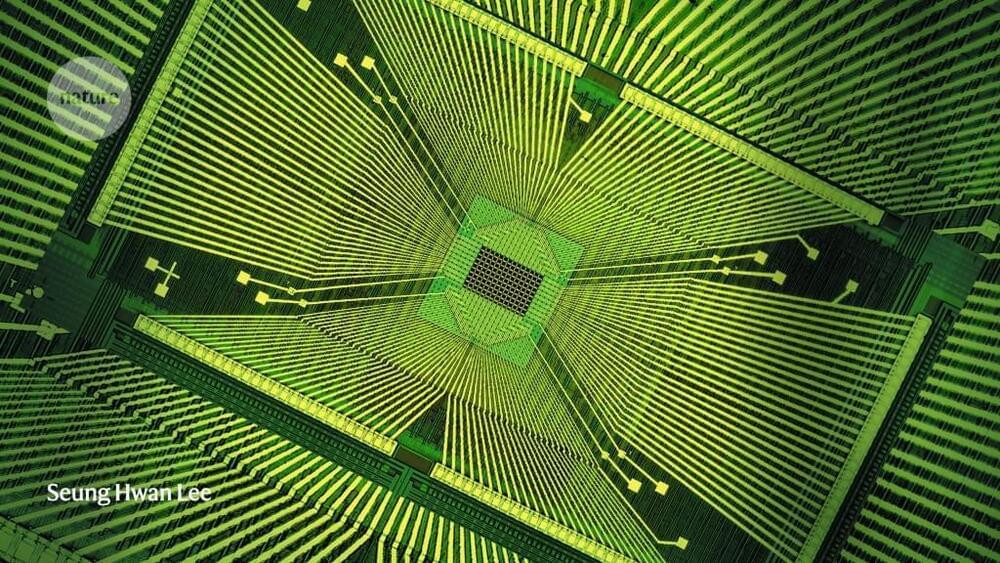

Quantum computing technology could have notable advantages over classical computing technology, including a faster speed and the ability to tackle more complex problems. In recent years, some researchers have also been exploring the possible establishment of a “quantum internet,” a network that would allow quantum devices to exchange information, just like classical computing devices exchange information today.
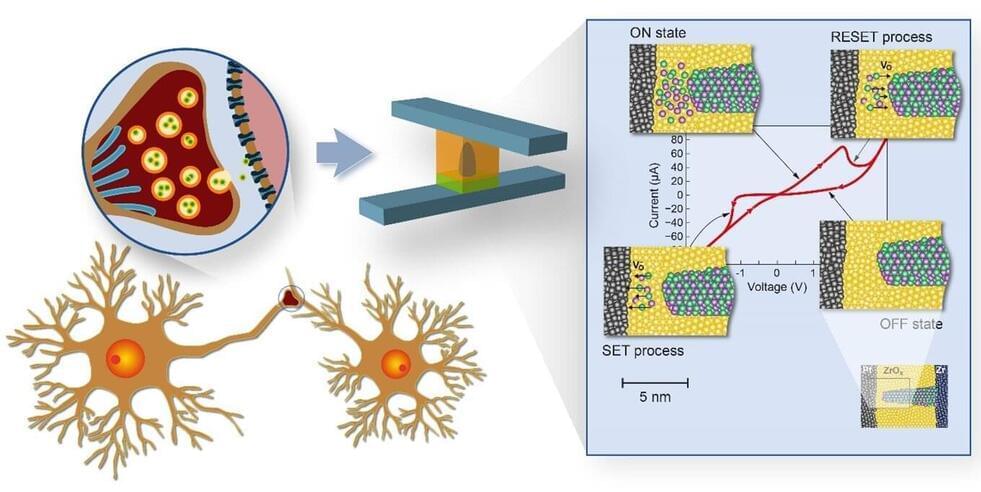
Certain tasks—such as recognizing patterns and language—are performed highly efficiently by a human brain, requiring only about one ten-thousandth of the energy of a conventional, so-called “von Neumann” computer. One of the reasons lies in the structural differences: In a von Neumann architecture, there is a clear separation between memory and processor, which requires constant moving of large amounts of data. This is time-and energy-consuming—the so-called von Neumann bottleneck. In the brain, the computational operation takes place directly in the data memory and the biological synapses perform the tasks of memory and processor at the same time.
In Forschungszentrum Jülich, scientists have been working for more than 15 years on special data storage devices and components that can have similar properties to the synapses in the human brain. So-called memristive memory devices, also known as memristors, are considered to be extremely fast and energy-saving, and can be miniaturized very well down to the nanometer range. The functioning of memristive cells is based on a very special effect: Their electrical resistance is not constant, but can be changed and reset again by applying an external voltage, theoretically continuously. The change in resistance is controlled by the movement of oxygen ions. If these move out of the semiconducting metal oxide layer, the material becomes more conductive and the electrical resistance drops. This change in resistance can be used to store information.
The processes that can occur in cells are complex and vary depending on the material system. Three researchers from the Jülich Peter Grünberg Institute—Prof. Regina Dittmann, Dr. Stephan Menzel, and Prof. Rainer Waser—have therefore compiled their research results in a detailed review article, “Nanoionic memristive phenomena in metal oxides: the valence change mechanism.” They explain in detail the various physical and chemical effects in memristors and shed light on the influence of these effects on the switching properties of memristive cells and their reliability.
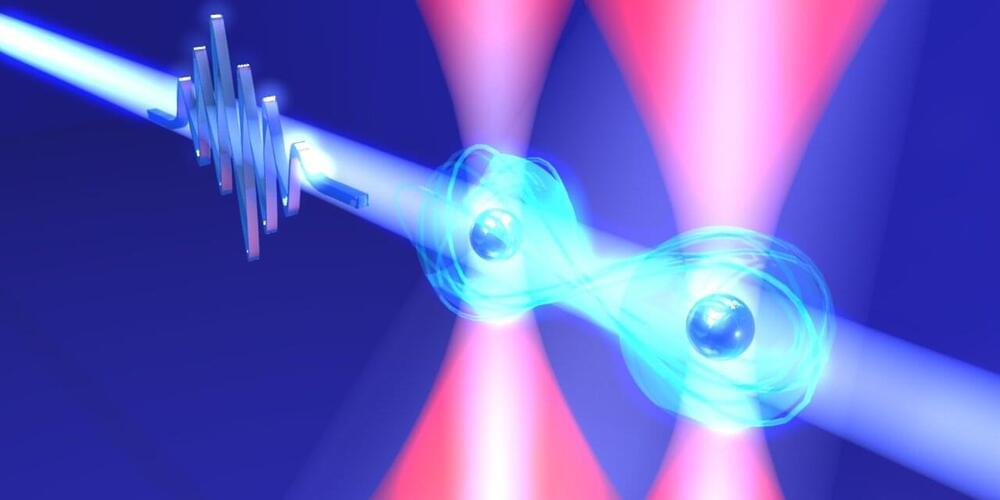
The two-qubit gate can be reached in 6.9 nanoseconds.
* A research group succeeded in executing the world’s fastest two-qubit gate. * Quantum computers and optical tweezers were used to conduct the research. * It is used an ultrafast laser to manipulate cold atoms.
The world’s fastest two-qubit gate has been executed in 6.5 nanoseconds by a group of researchers at the National Institutes of Natural Sciences. A research group led by graduate student Yeelai Chew, Assistant Professor Sylvain de Léséleuc, and Professor Kenji Ohmori used atoms cooled to almost absolute zero and trapped in optical tweezers separated by a micron. By manipulating the atoms with special laser light for 10 picoseconds, they executed the world’s fastest two-qubit gate.
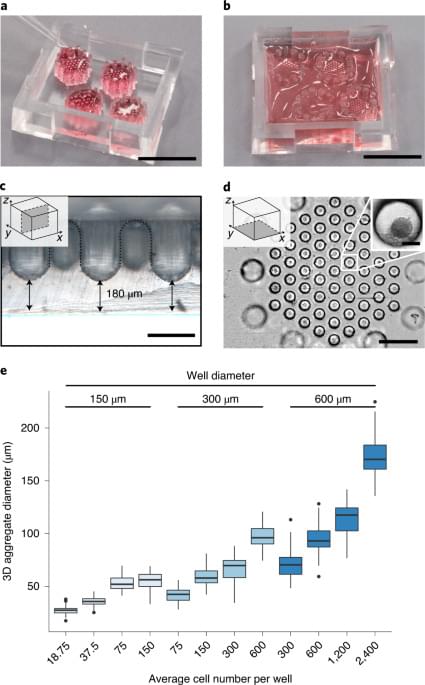
Circa 2021 immortality of the pancreas by inducing pluripotent cells of the pancreas.
A microwell chip facilitates the single-cell characterization of the differentiation of aggregates of human induced pluripotent stem cells into pancreatic duct-like organoids and the discovery of secreted markers of pancreatic carcinogenesis.
A team of researchers in the Faculty of Engineering of The University of Hong Kong (HKU) has developed a coin-sized system that can read weak electrochemical signals and can be used for personalized health monitoring and the measurement of such conditions as diabetes, cardiovascular diseases and mental health. The discovery was featured on the cover of Analytical Chemistry.
The PERfECT System—an acronym for Personalized Electronic Reader for Electrochemical Transistors—is the world’s smallest system of its kind, measuring 1.5 cm x 1.5 cm x 0.2 cm and weighing only 0.4 gram. It is easily wearable, for instance integrated with a smartwatch or as a patch, to allow for continuous monitoring of biosignals such as glucose levels and antibody concentrations in blood and even sweat.
“Our wearable system is tiny, soft and imperceptible to wearers, and it can do continuous monitoring of our body condition. These features mean it has the potential to revolutionize health care technology,” said Dr. Shiming Zhang of the Department of Electrical and Electronic Engineering, who leads the HKU WISE (wearable, intelligent and soft electronics) Research Group to develop the system.